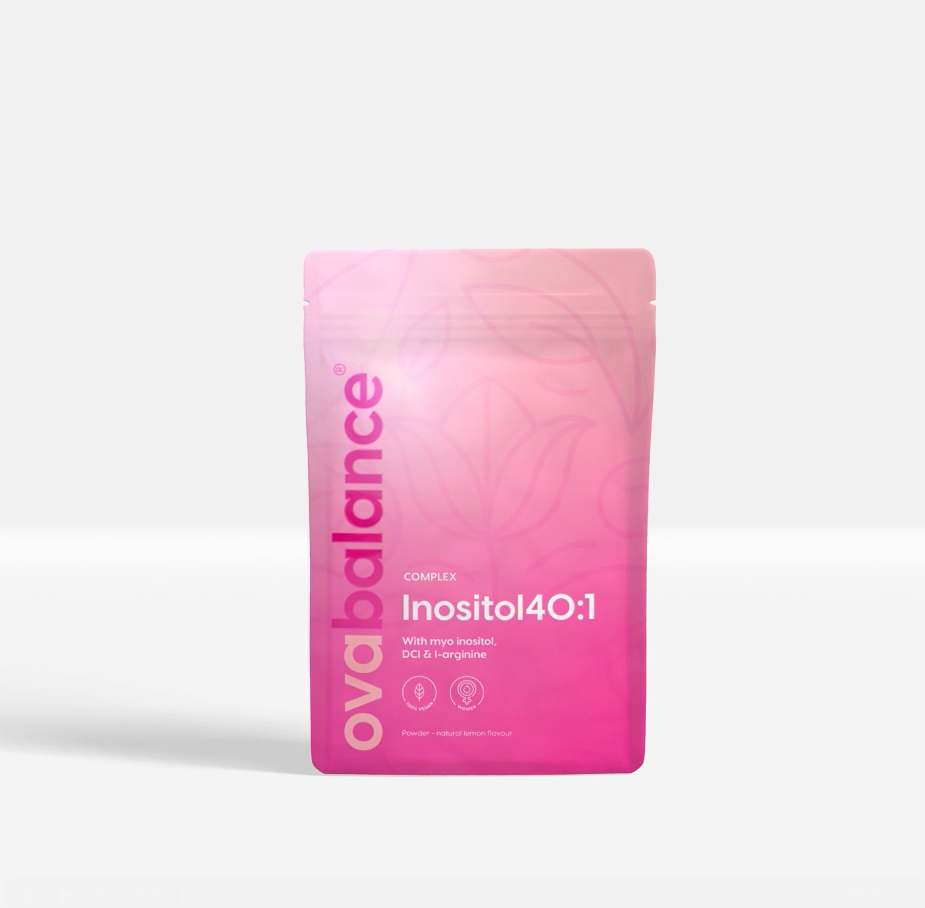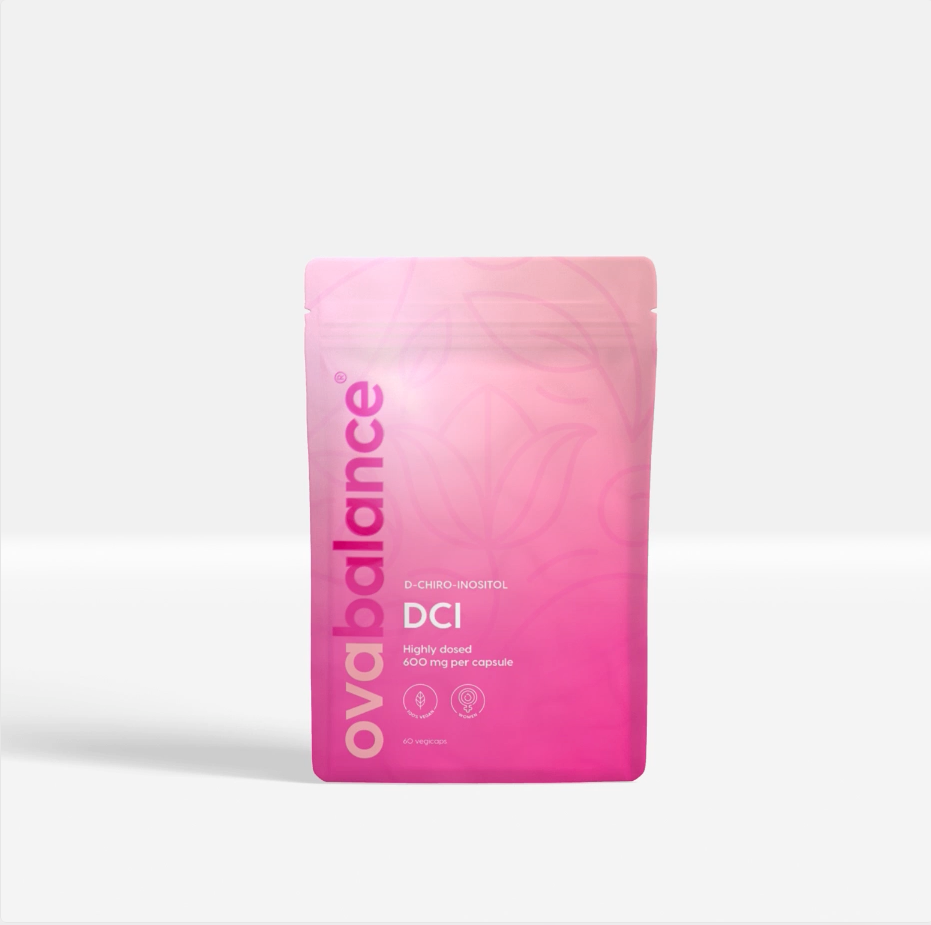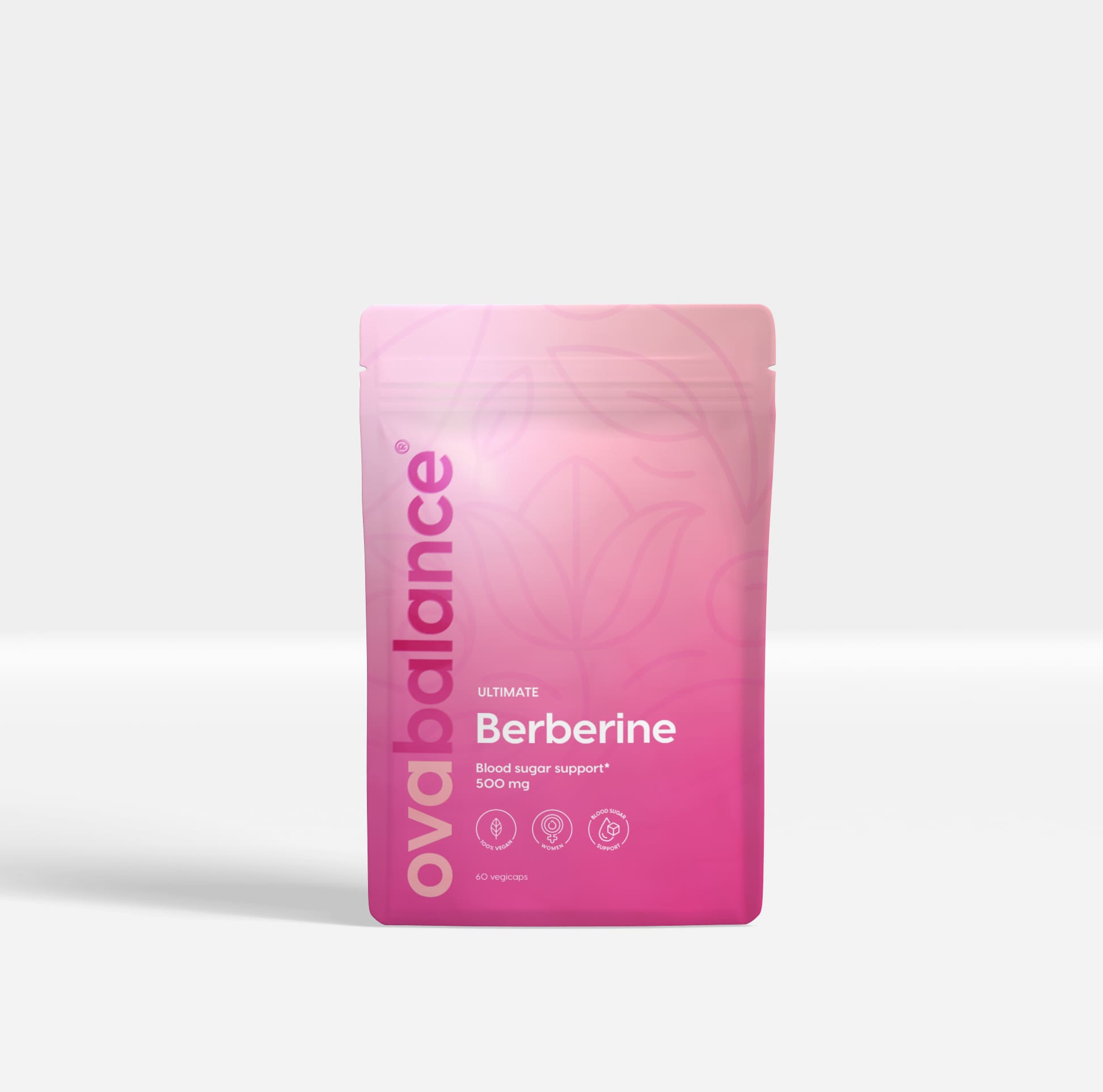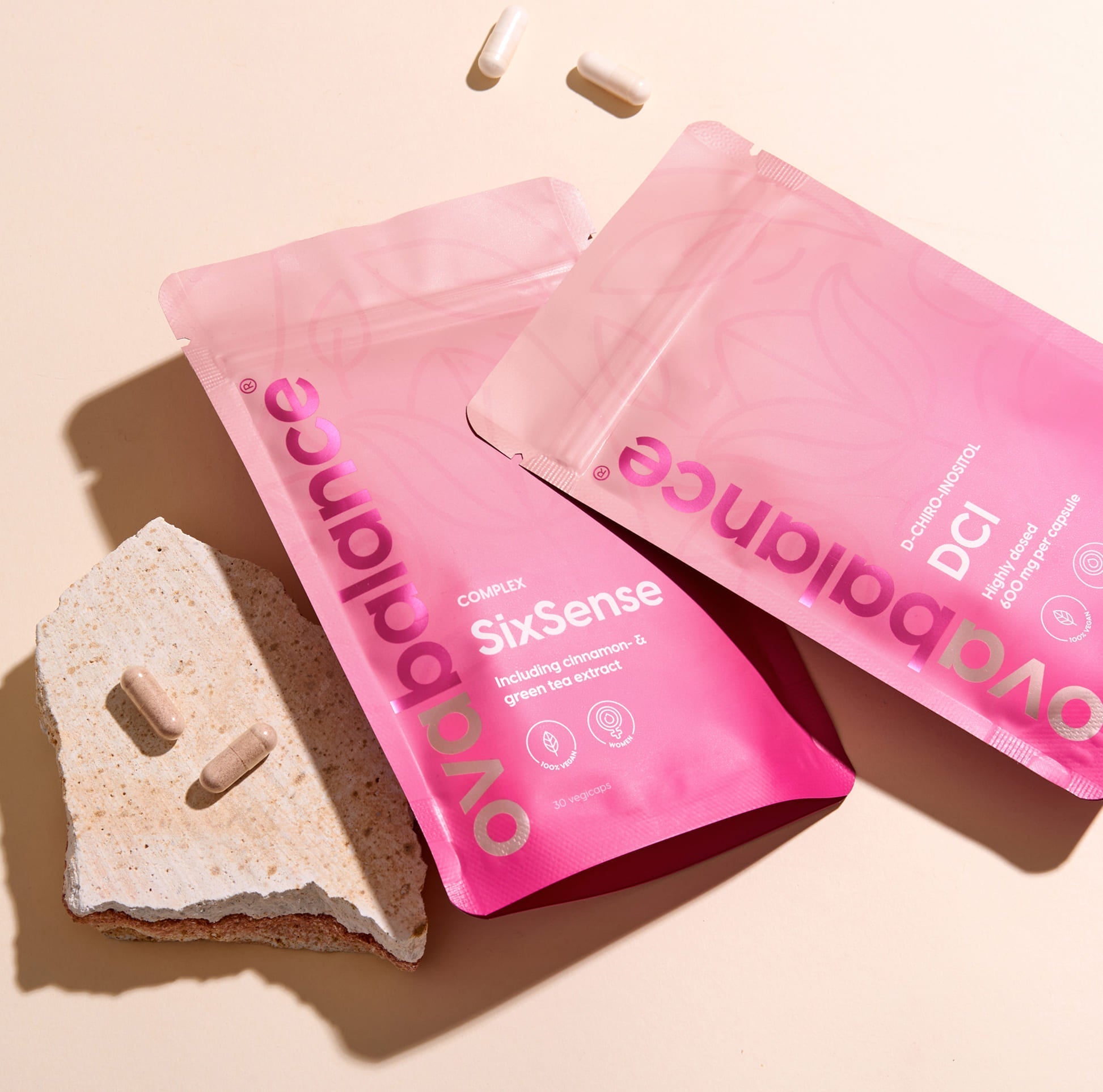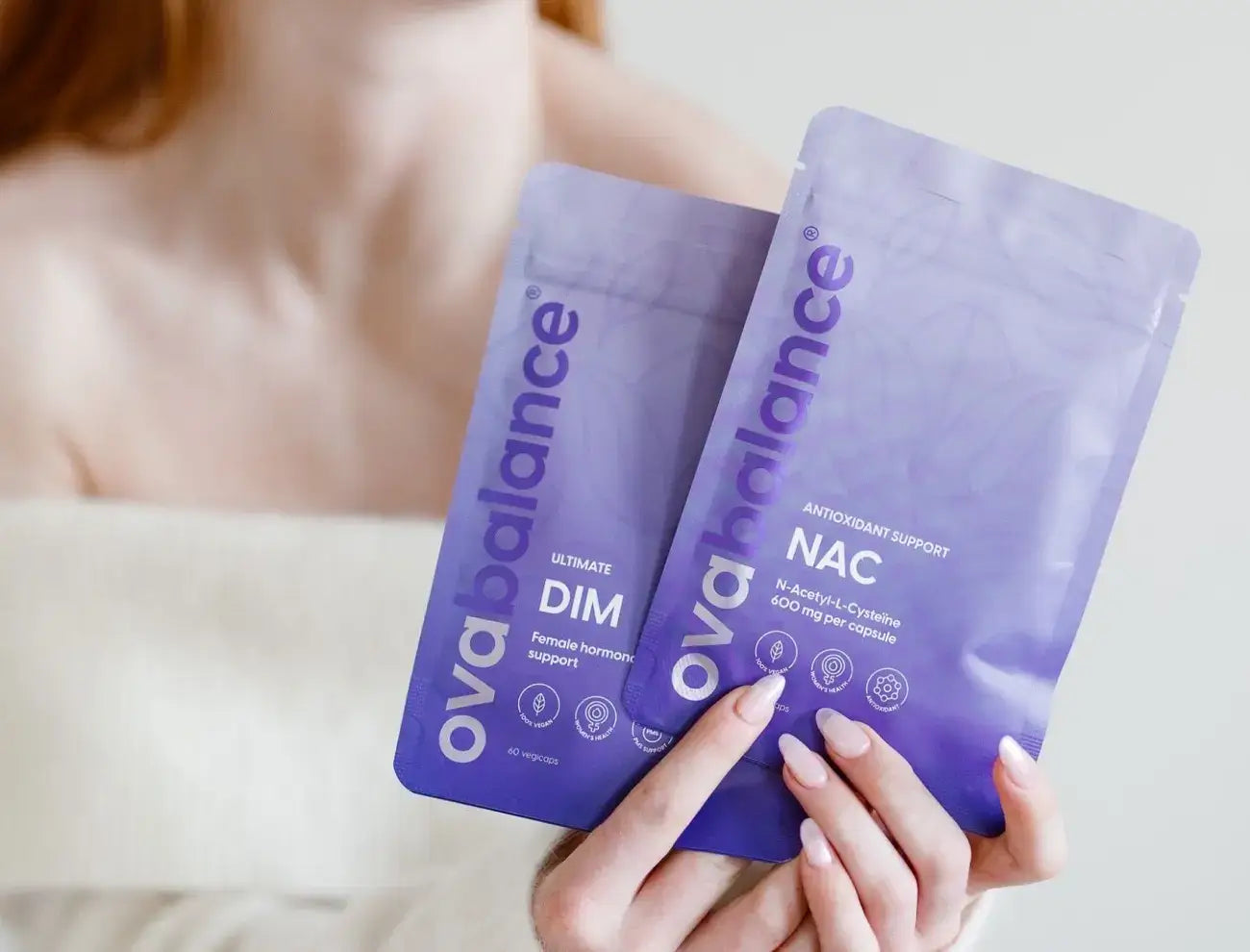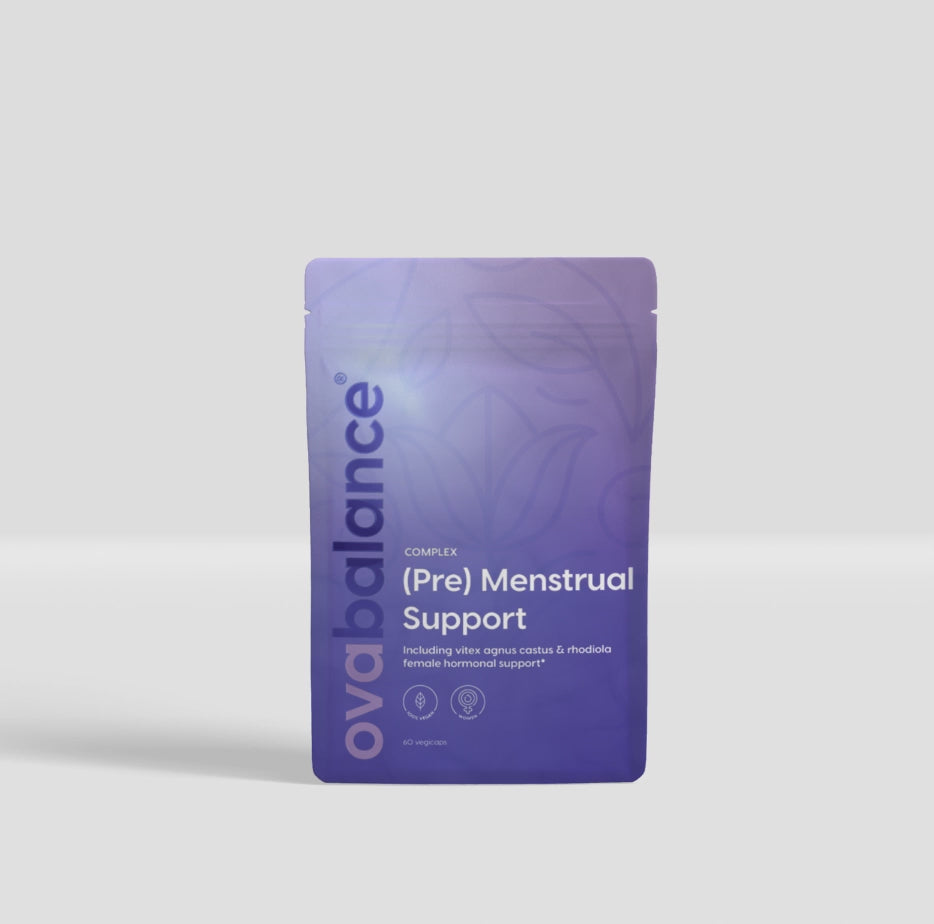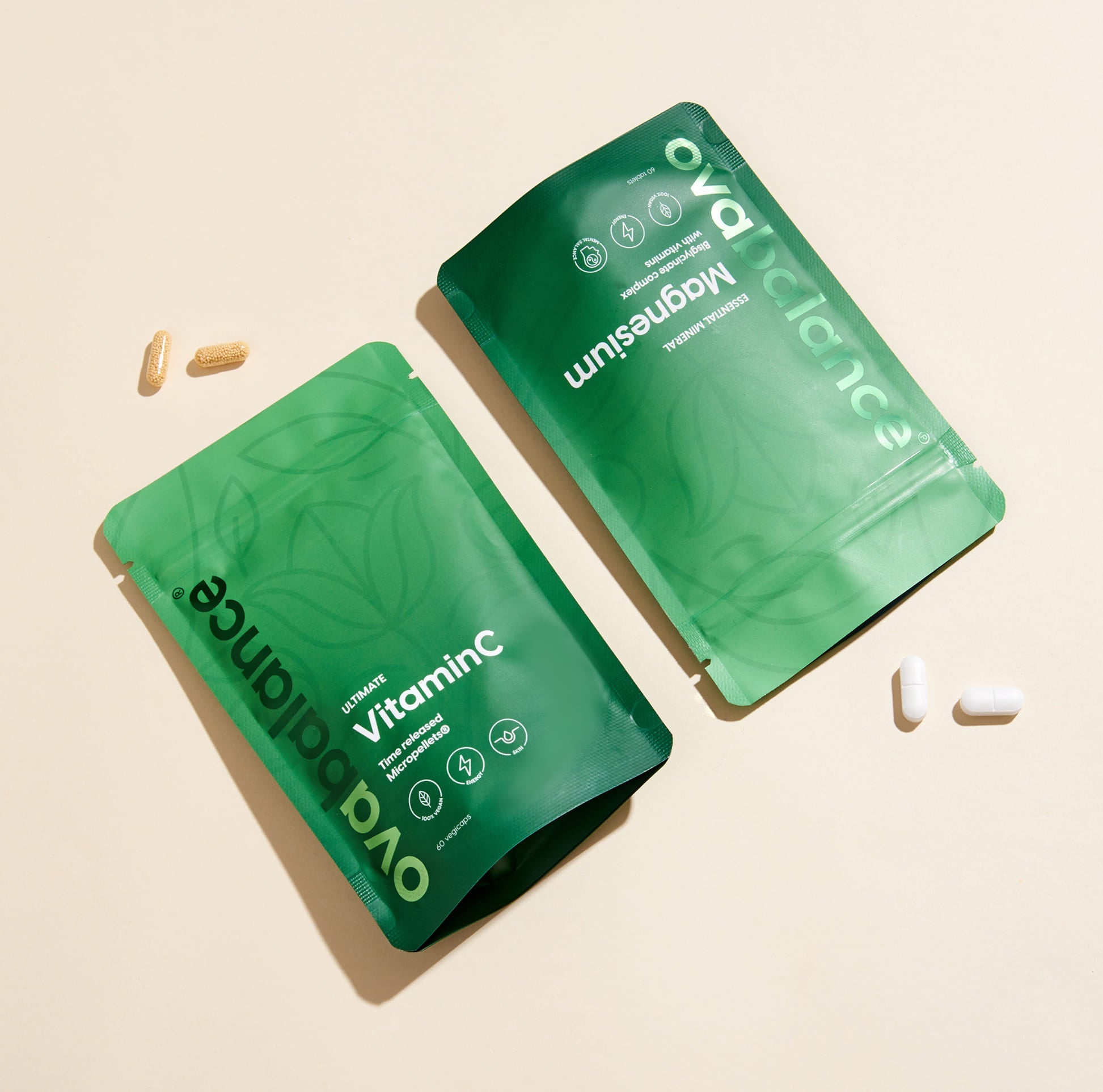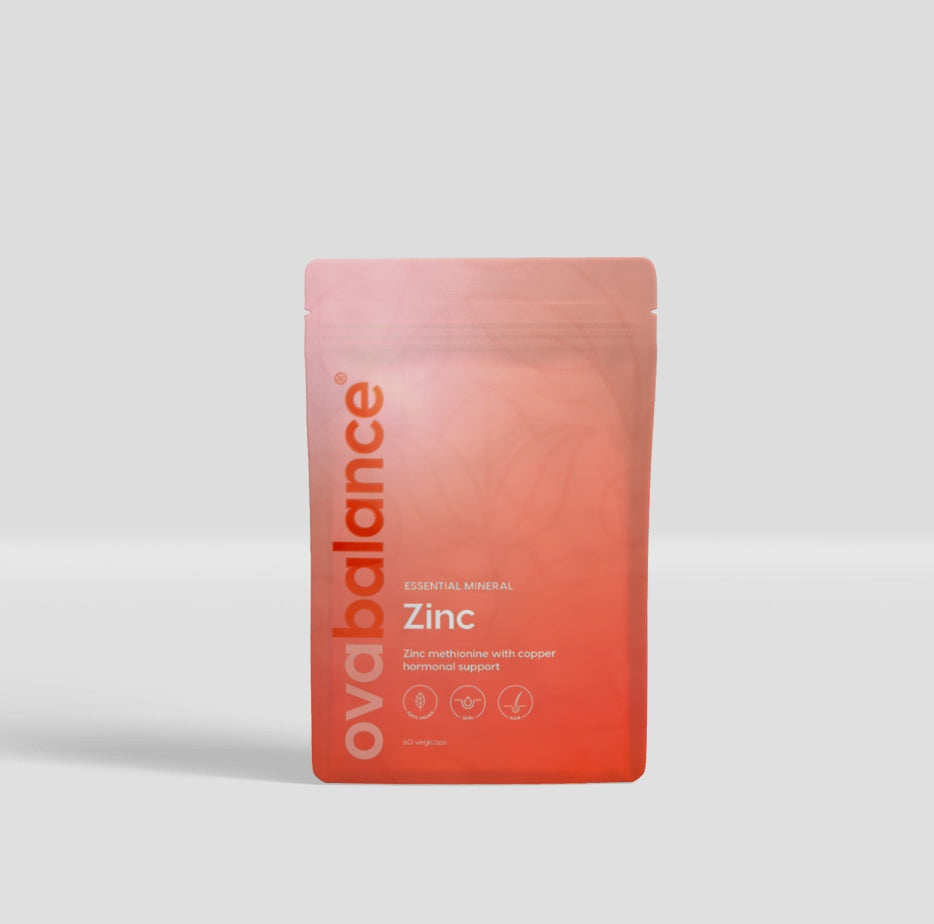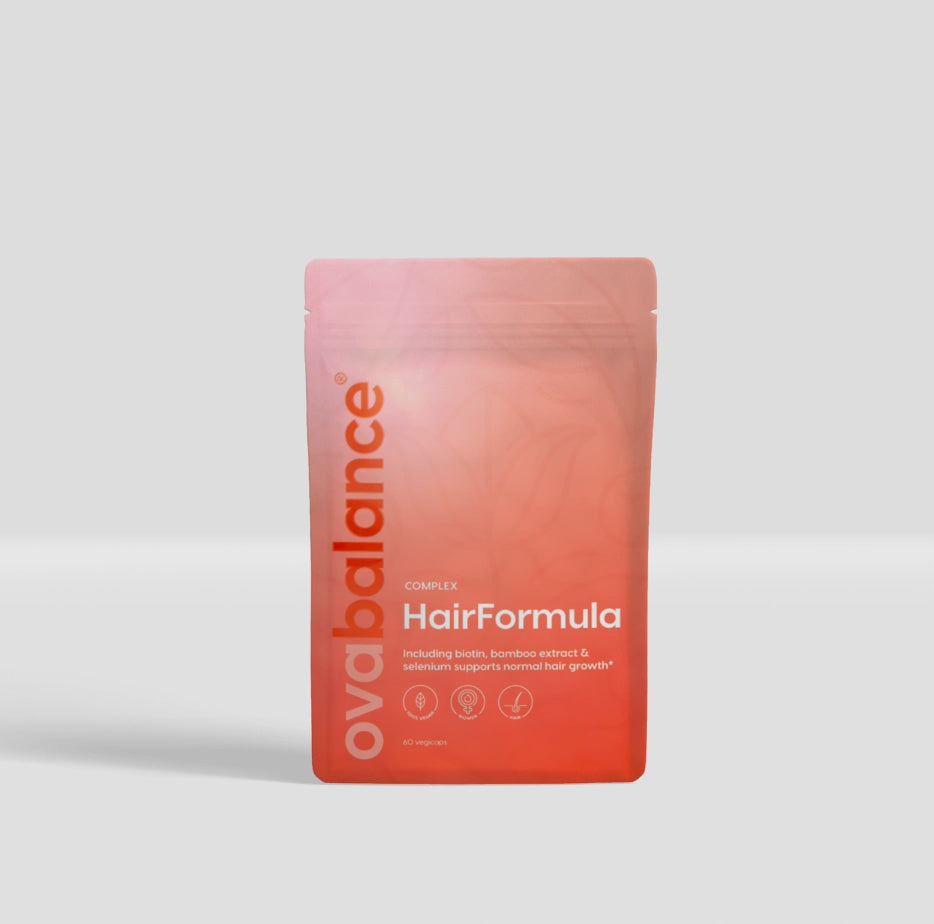

Vitamin D helps keep your bones healthy and supports your immune system. It is not without reason that vitamin D is one of the most popular vitamin supplements available. But is it possible to get too much vitamin D? And what are the symptoms of too much vitamin D? We will explain it to you in this article, so read on quickly.
How much vitamin D can you take per day?
The nutrition center recommends a daily intake of 10 micrograms of vitamin D per day. This is actually the minimum amount that your body really needs through your food. Because your body produces vitamin D largely in your skin, under the influence of sunlight. Still, that is far from enough for everyone.
Not everyone gets enough sun and the sun power in the Netherlands is not always equally strong. Elderly people and children also produce too little vitamin D in their skin. And in addition, people of color or people with covered skin produce too little vitamin D in their skin. A supplement, to supplement your diet, helps you to meet your vitamin D needs.
Want to read more about the risk groups that produce less vitamin D? Read more here and learn which dosage is appropriate in the article 'How much vitamin D per day? '.
Can you also have more vitamin D?
It is not harmful to use more than 10 micrograms of vitamin D in a supplement. In Europe, the maximum dose for vitamin D3 supplements is set at 100 micrograms per day. In the Netherlands, the permitted amount is slightly lower: namely 75 micrograms per daily dose. A supplement of, for example, 25 micrograms is therefore a safe value between the amount you need at least and the amount you are allowed to take at most.
Never take more than the recommended amount in the instructions for use of your supplement.
"The packaging states 'IU' next to the dosage, which stands for International Unit. 1000 IU of vitamin D is equivalent to 25 micrograms (µg)."
What is the target value for Vitamin D?
A blood test can provide clarity about your vitamin D level. But what do these values actually say and what value should you aim for?
Target value for vitamin D according to general guidelines:
According to general European guidelines, a blood level of 50-75 nmol/L is considered sufficient for most people. Anything below 50 is considered deficient.
According to the guidelines of the Dutch College of General Practitioners, the target value for vitamin D is 30 nmol/L for adults under 70 years of age. For the elderly, the target value is 50 nmol/L. There is some discussion as to whether these guidelines should not be adjusted upwards, towards the European values, given the importance of vitamin D for health 1 .
Orthomolecular therapists, who use nutrients to pursue optimal health, often aim for even higher values.
Too much vitamin D from the sun?
Because your skin produces vitamin D under the influence of the sun, vitamin D is also called the sun vitamin. If you are in the sun for a long time and your body has produced enough vitamin D, your body will not continue to produce it endlessly. There is a natural mechanism to regulate the production of vitamin D, whereby the skin stops producing vitamin D as soon as the need is met. This helps to prevent an excess of vitamin D.
Vitamin D overdose?
An excess of vitamin D in your body as a result of sun exposure is therefore not possible. It is also rare to get too much vitamin D from food alone. Natural food sources of vitamin D, such as fatty fish, meat and eggs, do not contain large amounts of vitamin D. The risk of getting too much vitamin D from food is therefore generally very low.
Too much vitamin D is rare. The greatest risk of too much vitamin D mainly comes from long-term intake of high doses of vitamin D supplements. Vitamin D is a fat-soluble vitamin that you can store in your body. It is therefore important not to take more than is recommended in the instructions for use of your supplement.
Symptoms of too much vitamin D
An excess of vitamin D can practically only occur by taking too many, high-dose vitamin D supplements for a long time. Complaints that can arise from this are:
- Fatigue and weakness;
- Nausea, vomiting and decreased appetite;
- Increased thirst and frequent urination;
- Elevated calcium levels in the blood;
- Bone pain and bone changes.
It is important to note that these symptoms vary in severity. Also, the presence of one or more of these symptoms does not automatically mean that you have a vitamin D excess. If you suspect that you are dealing with a vitamin D overdose, consult your doctor for a proper diagnosis and treatment.
The right dosage in our vitamin D supplements
It is always important to follow recommended dosages of vitamin D supplements and to seek advice from a health care professional when using high doses.
Ovabalance Vitamin D3
Ovabalance Vitamin D3 contains 25 micrograms of vitamin D3, which is 1000 IU per day dosage. This is a safe dosage for daily use. In addition, Ovabalance D3 is completely vegan and free of unnecessary additives and fillers.
Ovabalance Vitamin D3 & K2
In the Ovabalance Vitamin D3 & K2 supplement we combine vitamin D3 with vitamin K2. Both vitamins play an important role in the absorption of calcium. Vitamin D3 ensures the absorption of calcium from your diet, but vitamin D3 does not regulate where all that calcium goes. For this, vitamin D3 works together with vitamin K2. This vitamin sends the calcium absorbed from your diet to the right places where your body needs it: for example to your bones and teeth.
Sources:
[1] Heaney RP, Holick MF. Why the IOM recommendations for vitamin D are deficient. J Miner Res 2011;26:455-7.


